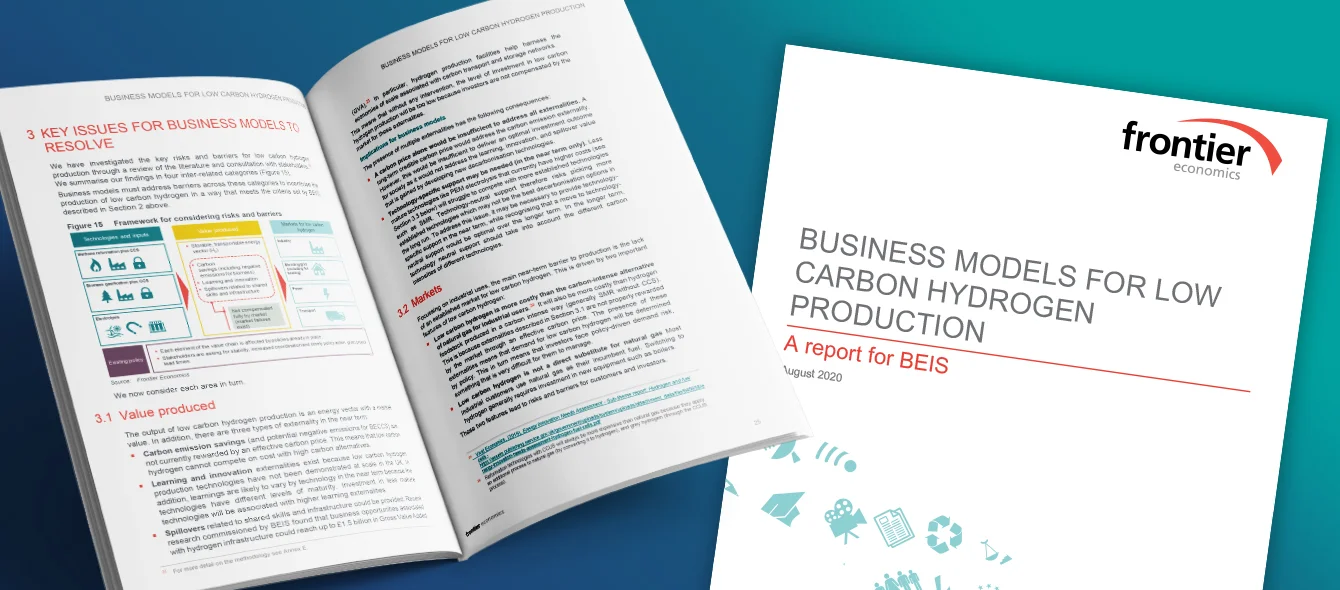Drawing on experience
Solar and modern wind power started life as innovative but expensive possibilities. They held the promise of much lower costs, but only if developers could be supported and markets created that allowed production to be scaled up. Today, they are the cheapest forms of power generation.
More than 586 GW of solar and 622 GW of wind capacity have been installed globally, supporting almost five million jobs, in sectors which just 20 years ago were economic fledglings.
The question, now, is how to do this for low carbon hydrogen?
Exploring business models
The UK’s Department for Business, Energy and Industrial Strategy published a study in August by consultants Frontier Economics looking at how best to support low carbon hydrogen, with the aim of getting production up and running in the 2020s.
The main options considered were:
to producers which covers the difference in cost between conventional high carbon hydrogen production and low carbon production methods.
so that whatever the production cost, companies are guaranteed a reasonable, controlled profit.
to use a certain proportion of hydrogen to meet their energy requirements. This would create market demand to which developers would respond.
to end-users to reduce emissions, which again should create demand for low carbon hydrogen.
Each model has its own pros and cons.
Study conclusions
The study found that obligations and end-user subsidies might not give investors sufficient confidence, in part because such schemes are open to policy changes, which reduces investment certainty. In addition, they may not limit the potential costs to taxpayers and end-users. The report recommends instead a regulated return model, a contractual approach, or a hybrid of the two.
Detailed recommendations
The report also makes more detailed recommendations. It advocates a ‘split payment’ system, so that producers are incentivised to produce efficiently only when there is demand.
In addition, a ‘split revenue stabilisation model’ should be applied. This sounds complicated, but in fact has proven very successful in the offshore wind sector, which expects to be building new offshore wind farms subsidy-free in the early 2020s. Under this model, a contract for difference (CfD) is agreed with a strike price. If prices turn out to be lower than the strike price, the developer’s income is topped up, if prices are higher than the strike price, the developer pays the difference back to the state.
This has two core advantages: the developer has revenue certainty, which reduces the cost of borrowing, and taxpayers’ exposure is capped. Moreover, the report says, ideally, the level of support will be set through an auction process. This again draws on the offshore wind experience. Auctions involve competitive bidding and only the lowest bids for a set amount of capacity are accepted. This guarantees tax payers get the best deal possible, but also puts pressure on developers to innovate and reduce costs in order to win future auctions.
Photo credit: BEIS
